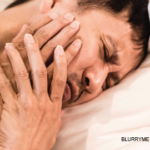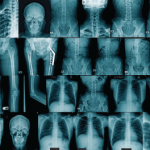Medication-related osteonecrosis of the jaw (MRONJ) is a condition that manifests as exposed, necrotic and non-healing jaw bone in patients who have been treated with bisphosphonates, denosumab, chemotherapeutic agents, anti-angiogenic drugs, tyrosine kinase inhibitors, thalidomide and steroids.1-4 These medications are administered via intravenous, subcutaneous and oral routes to manage osteopenia; osteoporosis; hypercalcemia of malignancy; bone…



